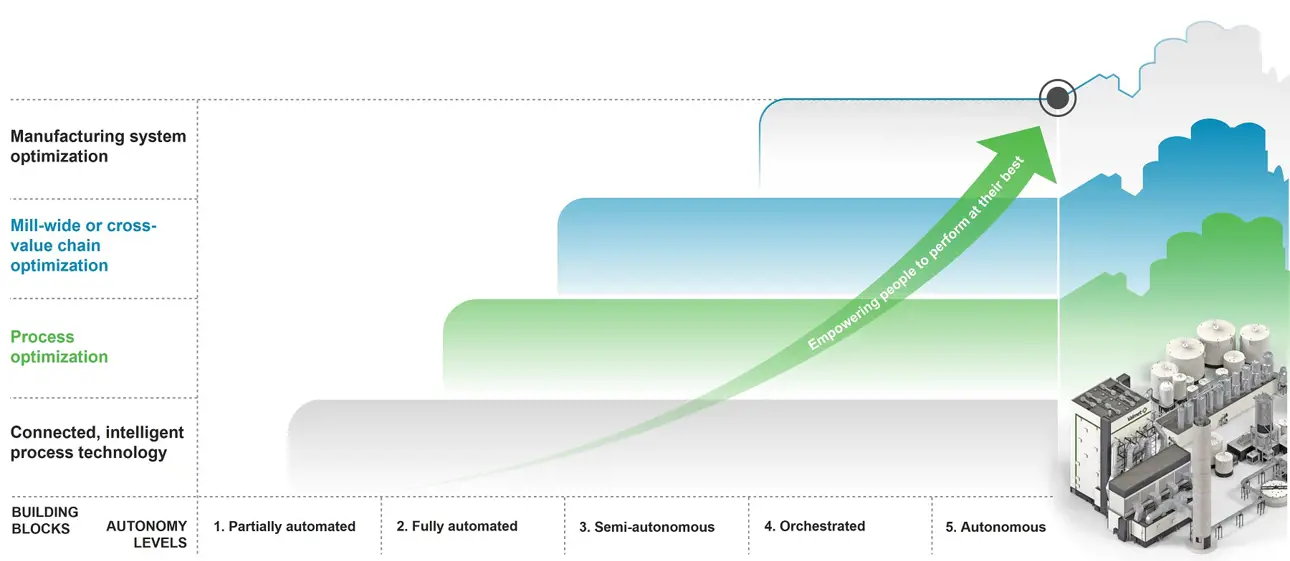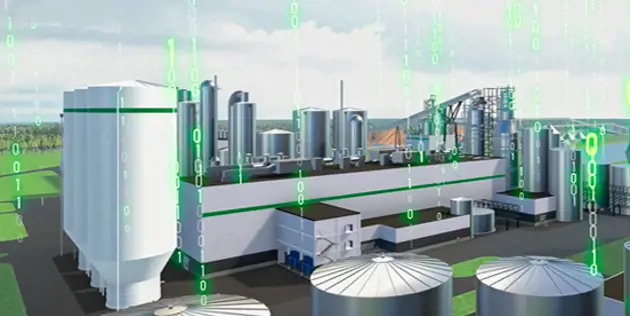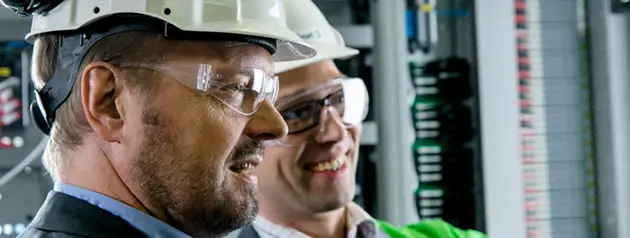Towards more autonomous and optimized operations

More and more companies are aiming to increase the autonomy of their mill or plant operations. In an autonomous mill or plant, an autonomous system can monitor its own performance, which brings several benefits, like improved safety and efficiency, lower costs and environmental impact, and reduced need for human intervention. However, even with autonomous and optimized operations, the role of humans will continue to be important. It will evolve more towards supervising and ensuring that different process areas perform well together and managing exceptions.
Framework for moving forward with autonomous operations

This framework for autonomous and optimized operations describes the levels of autonomy and the main building blocks that are needed in moving towards autonomy. It was created for our customers to build understanding of this rather complex entity, and you can use it as basis for creating your own concrete digitalization roadmap. By utilizing the autonomous operations framework, you can recognize and define the necessary and value adding steps on the journey of digital transformation.
Levels of autonomy
1. Partially automated
Most sub-tasks in control. People specify set points and are in charge of safe operations. A lot of field inspections and manual interventions.
2. Fully automated
Basic process controls in use for all processes. Machine vision applied to reduce field inspections. People react on abnormal situations and are in charge of safe operations.
3. Semi-autonomous
Occasional autonomy through advanced process controls for particular performance or economic improvement. Robots handle hazardous field tasks. People supervise and define the intent.
4. Orchestrated
The system alerts and advices on the best performance or economic operation point on mill level. The system adapts to deviations dynamically. People confirm the actions.

5. Autonomous
In an autonomous mill or plant, production is at 100% control in all situations without manual intervention. The system is able to react on deviations or disturbances automatically. People may supervise the operations.
Read our experts' thoughtsHow to get there: 4 building blocks towards more autonomous operations
Moving towards autonomous operations and mill-wide optimization helps to improve reliability and to develop operational performance. In both areas, digitalization and the Industrial Internet are key elements. When more information of a predictive nature is available, it is possible to gain better control of the mill’s or plant’s daily work by pre-planning activities and running the process with fewer resources.

Setting up the foundation: Connected, intelligent process technology
Connected, intelligent process technology forms a solid source of data and a foundation for more autonomous operations. It’s not only about automation or controls, but also about maximized asset reliability and less manual field operations. Through connected process technology and automation, analyzers and valves we offer our customers a solid foundation for more autonomous mills and plants.
Optimizing individual process areas
Advisory applications and Advanced Process Controls (APC) can take over multiple process areas and machine sections to optimize quality and raw material usage. Advanced Process Controls are an essential step to the next level: mill- or plant-wide optimization.


Optimizing mill- or plant-wide and cross-value chains
Production optimization moves from unit process optimization to coordinating entire mills, plants and value chains, enabling data visualization and getting full potential from assets. For the best outcome, mill- or plant-wide optimization is built on top of a solid foundation of connected equipment and process optimization.
Coordinating processes as one big entity allows optimizing production, quality and costs from a mill-wide perspective. This helps improve the profitability, efficiency and environmental impact of the whole mill or plant.
For mill-or plant-wide optimization to work, data needs to be exchanged between processes and systems, and an advanced coordination and optimization application is needed for automatic decision making.
Manufacturing system optimization
The highest level building block in moving toward autonomous operations is manufacturing system optimization. It is closely connected to Manufacturing Execution and Enterprise Resource Planning (MES and ERP) systems, and focuses on the ‘Plan to Deliver’ process, including functions like finance, purchasing, production planning and maintenance management. An important aspect in manufacturing system optimization is understanding the customer demand and optimizing sales profit and production planning accordingly, e.g. continuous understanding of production costs and profitability, recipe optimization. Another key aspect is to improve the operational planning, like automated order intake with supply chain integration, inventory management and minimizing waste. Valmet is actively partnering with the leading companies in our industry in developing the offering for manufacturing system optimization.
-
What about people?
When mills and plants develop towards autonomy, we will see an evolution in the roles of people: The mill operators’ roles will extend towards being more of a mill orchestrator. This means they will be responsible for ensuring that different process areas perform well together rather than for the details of how those processes are operated. In these new roles, people utilize data and analytics tools to easily understand and optimize mill or plant operations.
The mill or plant will manage and operate itself autonomously without the need for human intervention and humans are focused on exception management and supervision.


Contact our experts
Want to talk to our experts? Please answer a few questions and our experts will contact you shortly
Contact our experts


